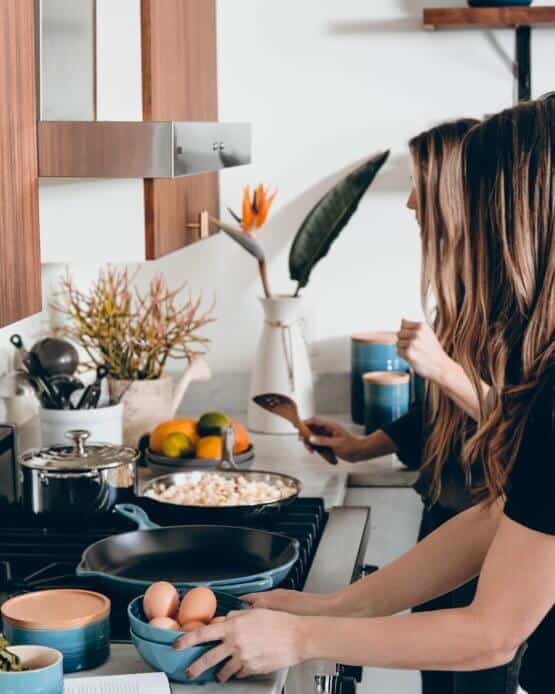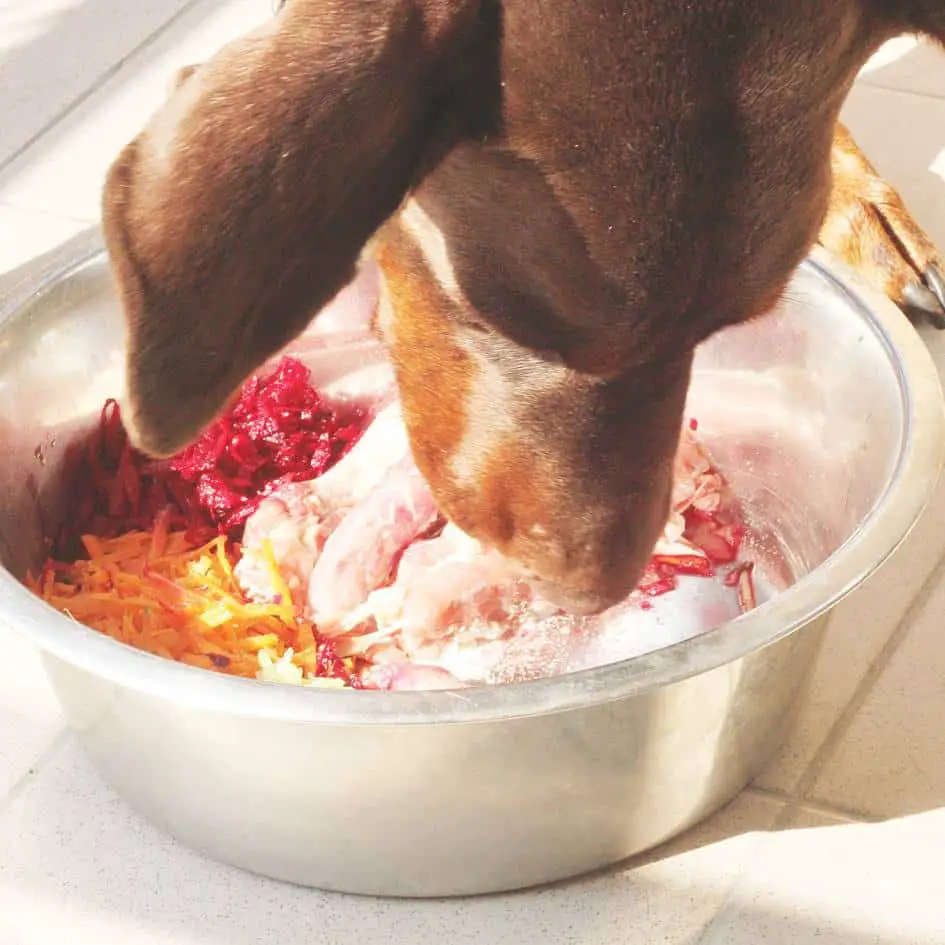Can cooking for your dog be a good idea? Well, it depends on what you cook.
Pet owners today are increasingly concerned about the health and well-being of their pets, and many are willing to invest significant amounts of time, effort, and resources into ensuring that their precious fur babies live the happiest and most fulfilling lives possible.
To this end, many pet parents have become more particular about what they feed their pups every day. Instead of simply resorting to the same store-bought dog food, some will even go so far as to cook meals for their dogs at home.
If you yourself are contemplating switching from kibble to home-cooked food, or at least varying up your dog’s regular kibble diet a few times a week with freshly cooked meals, know that there are many benefits to doing so.
For one thing, fresh food can be more palatable to dogs because it offers them a variety of different flavors and textures that they simply won’t get from eating store-bought food. For another, you have more control over what ingredients go into each meal, which means that you can prepare your dog’s food according to their unique nutritional needs.
Lastly, by feeding your dog home-cooked food, you’ll be able to cut out a lot of the bad stuff that’s often present in low-quality store-bought food, such as preservatives and other synthetic substances.
Needless to say, you’ll definitely want to consider filling your dog stainless steel bowls with fresh food for your pets’ next meal. If you’re overwhelmed by the idea of cooking dog-safe food, don’t be. Simply bear these four things in mind and you’ll master DIY dog food preparation in no time:
Dogs Benefit from a Varied Diet

While many imagine that dogs are primarily meat-eaters, the truth is that dogs are omnivores, just as human beings are. This means that a healthy diet for any dog will include a balanced mix of vegetables, protein, and carbohydrates.
Though the exact recommended proportions will vary from dog to dog, a good rule of thumb is to feed your dog around 50 percent vegetables, 40 percent protein, and 10 percent starch. Naturally, the best way to determine your dog’s specific dietary requirements is to consult your veterinarian.
When planning your dog’s meals, you’ll want to incorporate the following ingredients in particular:
- Protein – Lean meats like beef, chicken, turkey, pork, or lamb; tuna fish, eggs (in moderation), and shrimp (shelled and fully cooked)
- Carbohydrates – Oatmeal, potatoes, pasta, rice, and quinoa (in moderation)
- Vegetables – Spinach, green beans, celery, carrots, peas, cucumbers, sweet potato, pumpkin, and corn
- Fruits – Raspberries, strawberries, apples, melon, and pineapple
- Calcium Sources – Plain yogurt and cottage cheese (unless your dog is lactose intolerant)
- Others – Unsalted peanuts or peanut butter (in moderation), coconut, coconut oil, coconut milk, and honey
In contrast, avoid the following ingredients, which can be harmful to your dog:
- Excessively rich, fatty, or seasoned cuts of meat
- Poultry bones
- Mushrooms
- Chocolate
- Coffee
- Grapes and raisins
- Onions and garlic
- Cinnamon
- Macadamia nuts
- Onions
- Artificial sweeteners
The list above is not an exhaustive list of food ingredients that might potentially be dangerous so your dog, so make sure to do your research carefully before feeding them anything new.
You Can Mix Kibble with Nutritious Add-Ins

You should also remember that you don’t necessarily have to cook all of your dog’s meals completely from scratch. Another viable option is to mix healthy store-bought food with some home-cooked add-ins. The following are some nutritious options that you can choose from:
- Cooked salmon
- Raw or steamed mixed veggies
- A little yogurt or cottage cheese
- Leafy greens like spinach or kale
- A whole egg, cooked or raw
Read Also: Does Raw Meat Give Dogs Worms
Transition Slowly into Home-Cooked Food

Pet owners seeking to switch to home-cooked food must also know that most dogs won’t be able to make this switch overnight, particularly if the dog is a picky eater or they’ve gotten used to eating the same store-bought food for a long time.
For best results, try to ease your dog slowly into their new diet by feeding them a mix of new and old food over a period of around six days to one week. Start by feeding them mostly old food with a little new food mixed in, and then gradually increase the new food and decrease the old food until your dog has properly adjusted to their new diet.
A gradual start will also give you the opportunity to determine whether your dog has any adverse reactions to the ingredients you use.
If you notice symptoms like vomiting, diarrhea, allergic reactions, or loss of appetite, stop the transition and try to identify which ingredients your dog seems to have problems with. It’s generally best to contact your veterinarian for help with this. [1]
Related: First Time Dog Owner Guide
Healthy Portions Will Differ Per Dog
Fresh dog food, when properly prepared, will usually be healthier than its store-bought counterparts. However, don’t forget that you’ll still need to pay attention to the size of your portions and the amount of calories you’re having your dog consume.
Try looking up online recipes to prepare for your pup and show them to your veterinarian, who can advise you on whether these meet your dog’s particular dietary needs. Your vet will also be able to prescribe any multivitamin and mineral supplements your dog might require. [2]
Ultimately, cooking for your dog is one of the best things you can do for their health and well-being. It’s also a great way to bond with your pooch and show them how much you care about them.
Once you get the hang of home-cooking your dog food, you may just find it a meaningful and worthwhile addition to your daily pet care routine—and you may just end up becoming your dog’s favorite chef!
